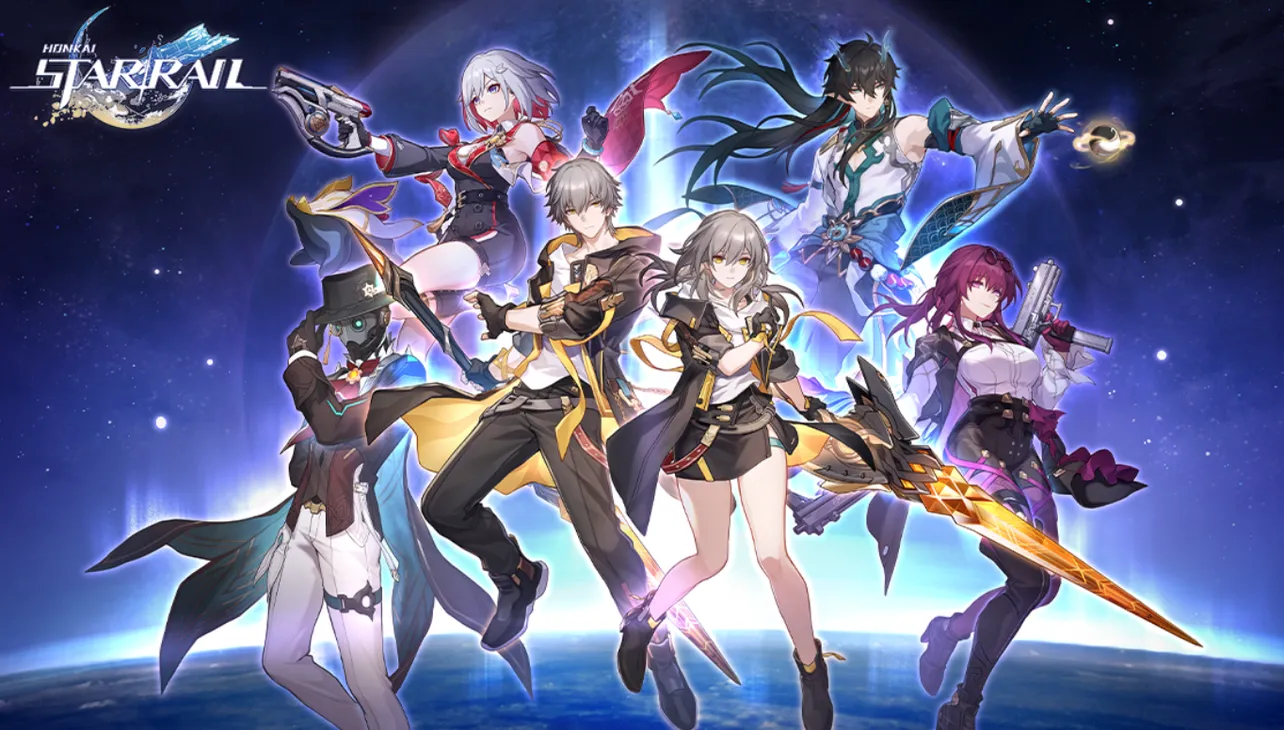Tier lists in Honkai: Star Rail only make sense once you map them to the content they’re ranking. The game’s endgame is split across three modes with different win conditions, so a unit at the top in one can be middling in another. Current lists also rate characters at baseline Eidolon 0, assume ideal teams and Light Cones, and judge average performance over recent phases without leaning on rotating stage buffs.
What each mode values (and why)
| Mode | Damage profile that wins | Why it matters |
|---|---|---|
| Memory of Chaos (MoC) | Single‑target and “blast” patterns (focused damage that can tag adjacent targets) | Boss waves and chunky elites punish wasted hits; consistent turn control and focused damage trim cycles. |
| Pure Fiction (PF) | True AoE first, then wide “blast” coverage; single‑target is rarely useful | Score racing against enemy spawns favors rapid, wide clears and effects that distribute damage. |
| Apocalyptic Shadow (AS) | High single‑target output and strong Break potential | Boss mechanics and stagger windows reward concentrated damage and Break uptime. |
How current lists are built
- Baseline: ratings assume E0 characters with optimal teammates and Light Cones. Four‑stars are often evaluated at E6 alongside E0 five‑stars.
- Averages, not one-offs: placements reflect multi‑phase performance without relying on rotating turbulence or gimmick buffs.
- Dependency penalties: units that only shine with specific Eidolons, Light Cones, or a single premium support are marked down in “overall” or flagged with dependency tags.
- Mode splits: many lists present separate tiers for MoC, PF, and AS to reflect their different demands.
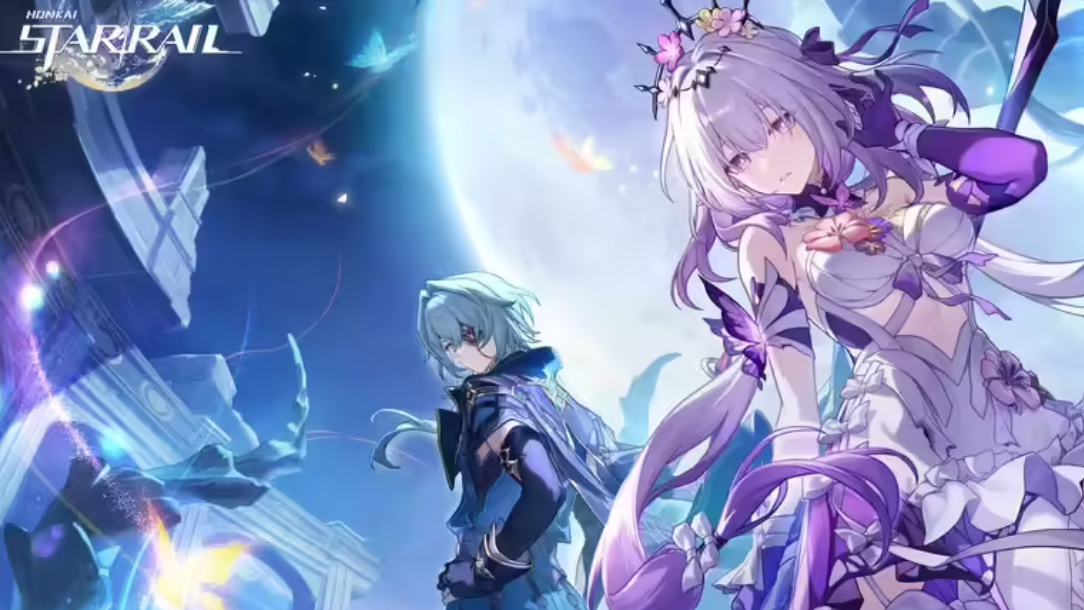
Reading the labels: roles and tags that matter
Beyond a simple tier letter, tags explain why a character is where they are. The most important ones:
- DPS / Support DPS / Amplifier / Sustain — primary role. “Amplifier” units are the teamwide buffers; “Support DPS” contributes damage while debuffing or enabling.
- Partner — performance is strongly tied to a specific teammate. Expect a noticeable drop without their best‑in‑slot partner.
- SP‑friendly / SP‑unfriendly — how a kit strains Skill Point economy. SP‑hungry carries often need an SP‑positive support and/or sustain.
- Advance — action advance or extra turns baked into the kit. These swing turn order and help beat cycle timers.
- DOT / Break / Delay / Debuff — emphasizes damage over time builds, weakness breaking, action delay, or defense‑shaving utility.
- Energy — notable energy generation needs or contributions. This tag often signals synergy with energy supports.
Why a top unit in one mode can sink in another
Lists are currently consistent about one thing: Pure Fiction is its own meta. Blast or single‑target hypercarries that dominate MoC and AS can be shoved to the bottom in PF if they can’t spread damage. That’s why a unit can hold a top spot in two modes and land at the very bottom in the third.
Notable placements and shifts (recent phases)
- Archer — lands at the very top in MoC and AS thanks to overwhelming single‑target turns, but sits at the bottom in Pure Fiction where true AoE rules. He is commonly paired with an SP battery Harmony support; without a top SP partner, he becomes clunky to pilot.
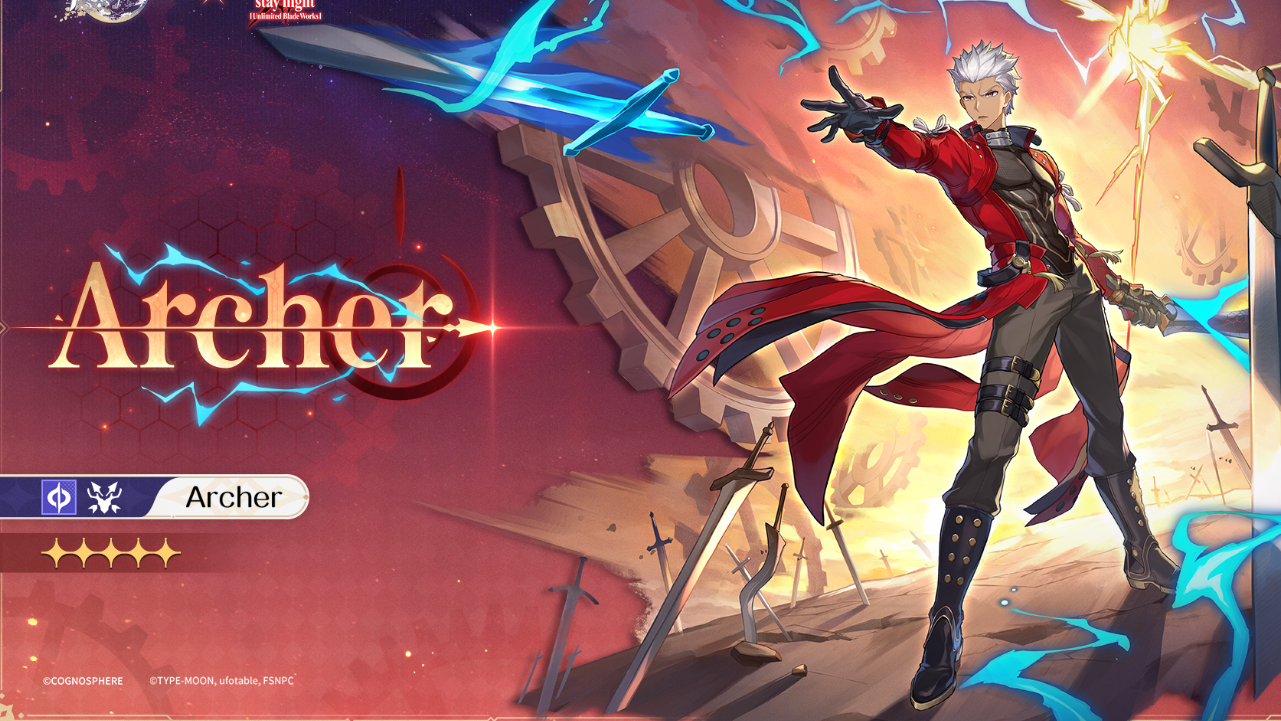
- Saber — a strong, well‑rounded carry with solid placements across modes, typically just shy of the very top in MoC and AS and in the upper middle in PF. She leverages advance/amp teams that value energy sustain.
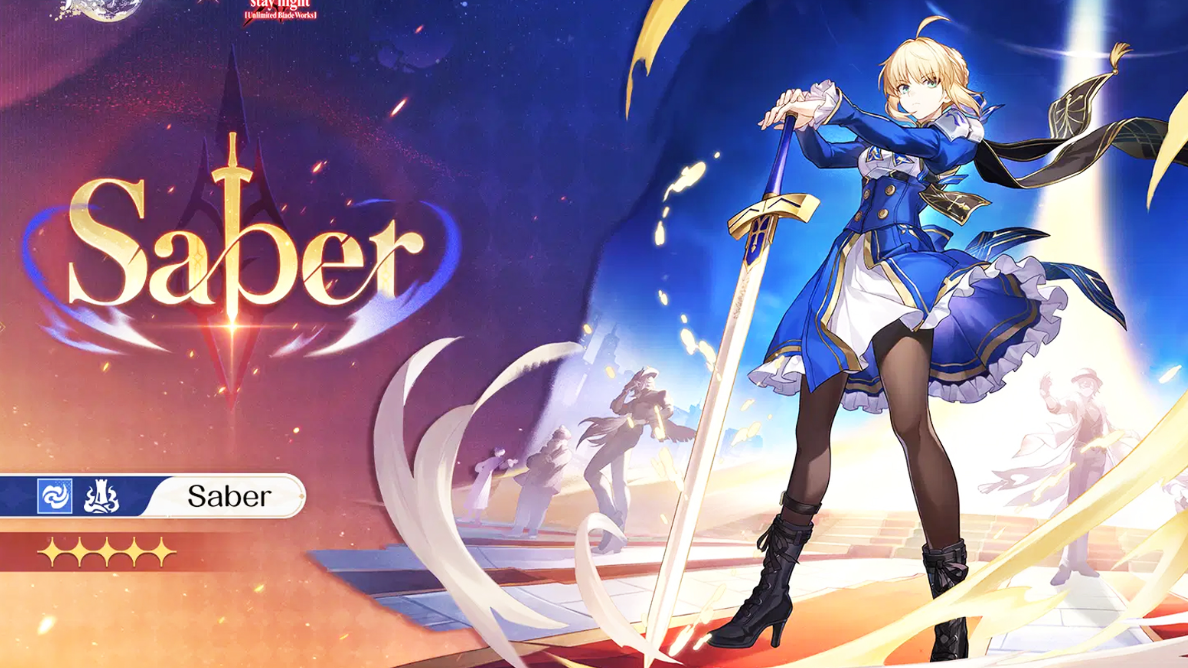
- Anaxa — promoted into the top tier on the back of flexible “distributed” damage that works in both low‑target and multi‑target fights. Many players now run Anaxa as a standalone hypercarry rather than a dedicated partner for others.
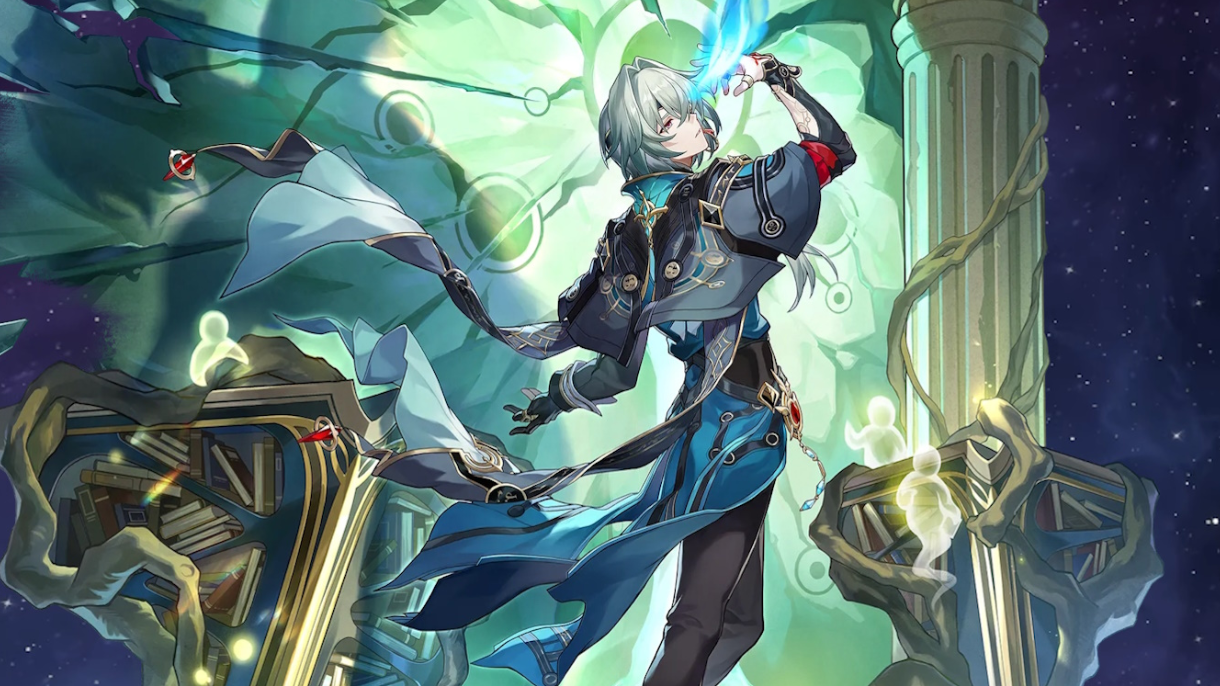
- The Herta — dropped out of the absolute top in MoC as the broader AoE‑leaning environment eased. She still crushes Pure Fiction, but her MoC value varies more by stage and partners than it did during heavy AoE phases.
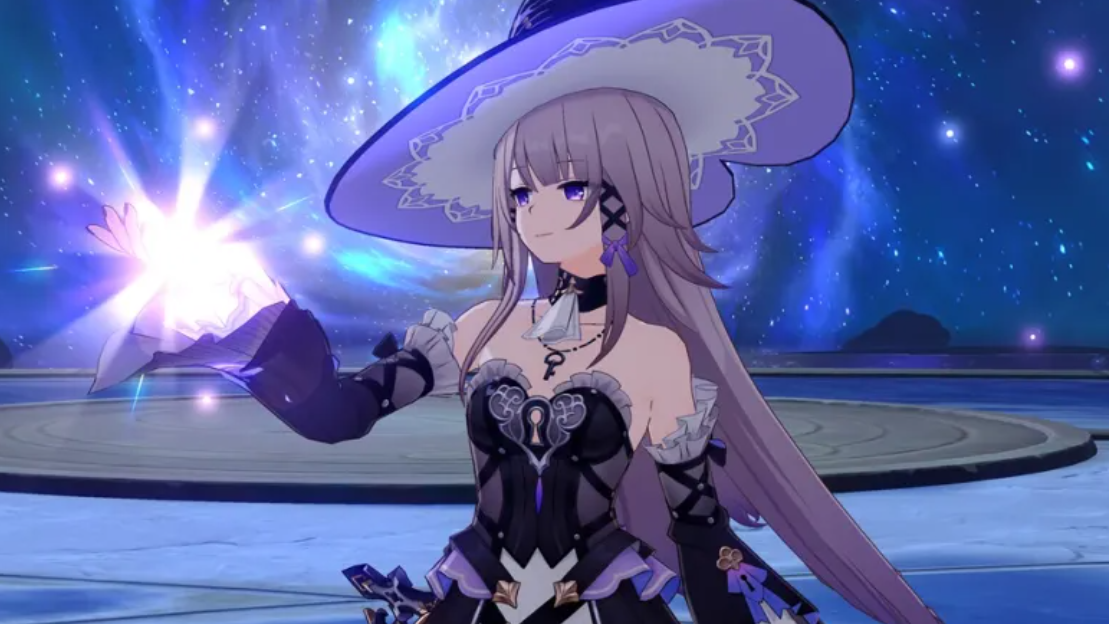
- Phainon — excellent in sustainless and optimized setups, with more volatile results once you add a traditional sustain in high‑score PF runs. Investment and cone choice swing outcomes more than most.
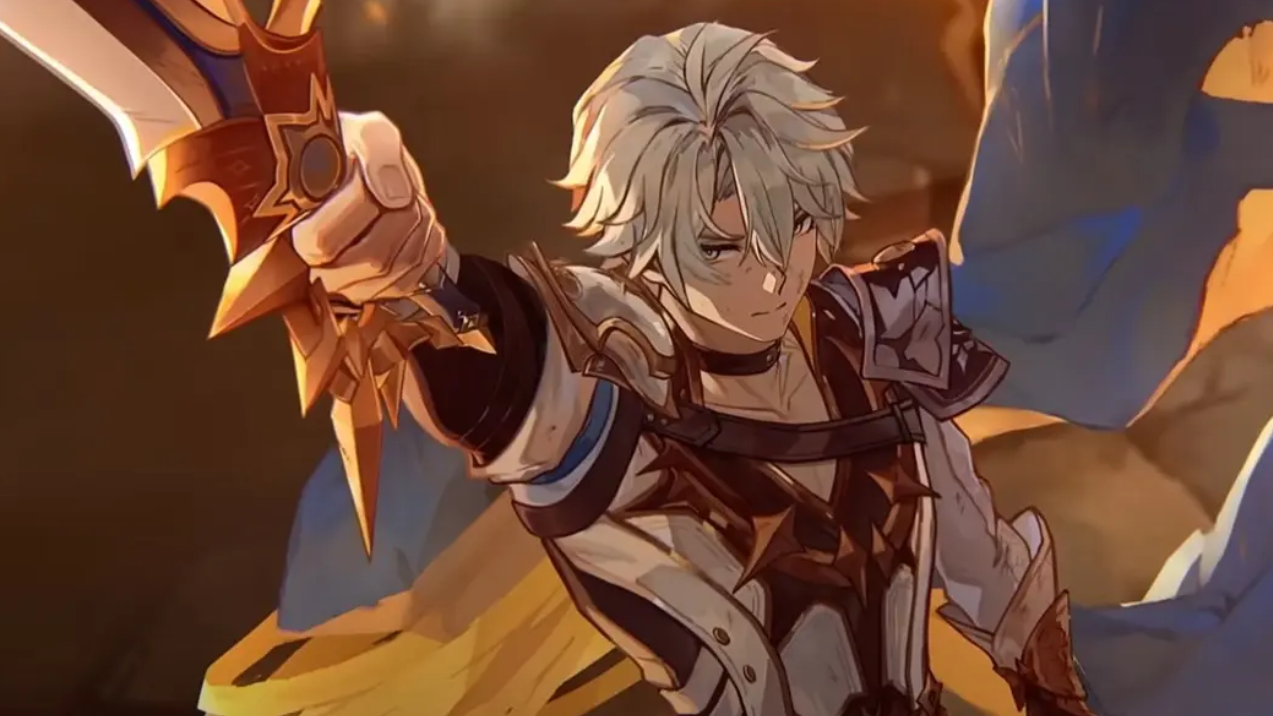
- Support trends — SP and energy remain the levers. Sparkle’s front‑loaded SP solves the budget for extreme Hunt turns; Sunday’s energy and advance enable ult‑centric gameplans and action compression; Huohuo continues to be a rare sustain who also meaningfully fuels teams with energy and ATK, keeping her relevant across patches.
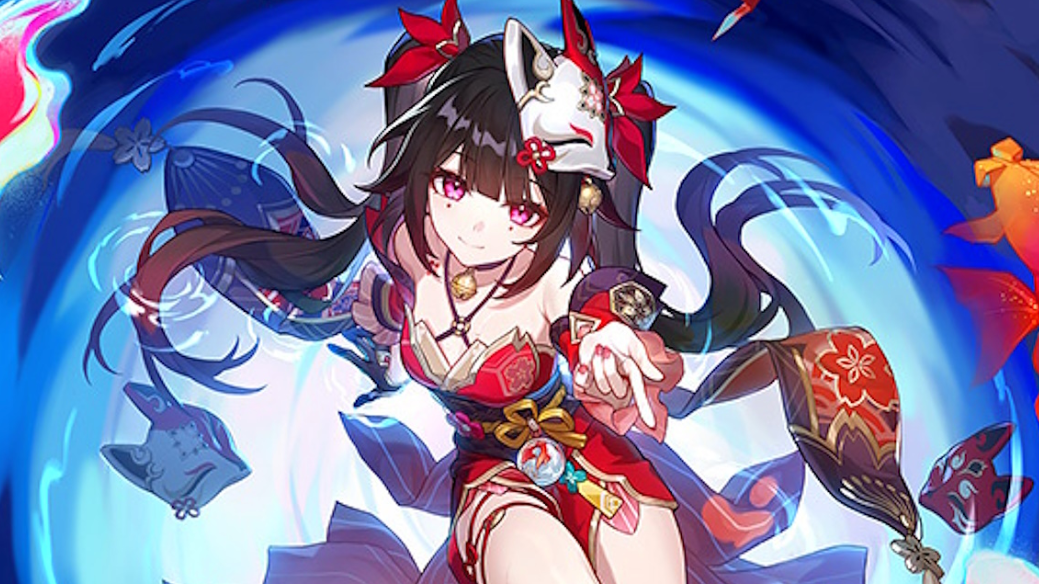
Team building beats raw tier letters
Even the strongest carry needs the right scaffolding. The current meta reinforces a few build principles:
- Match your damage profile to the mode. Bring real AoE (or wide blast) to Pure Fiction; bring single‑target and Break to Apocalyptic Shadow; aim for focused damage with some splash or action control in Memory of Chaos.
- Plan SP and energy first. If your DPS is SP‑hungry, budget for one SP‑positive support and a sustain that isn’t competing for SP. If your DPS is ult‑centric, prioritize energy supports and avoid teammates that disrupt ult timing.
- Respect Partner tags. A Partner‑tagged DPS without their best enabler can feel a tier or two worse in practice. If you don’t own the Partner, consider a different carry rather than forcing a crippled version of the meta team.
How to read per‑mode placements quickly
When scanning a tier list, look for this shorthand to predict how a unit will perform before you see their exact slot:
- MoC standouts often have “Advance,” “SP‑friendly,” or “Debuff” tags with blast or single‑target kits, and they pair cleanly with at least one non‑Partner amplifier.
- PF standouts advertise “AoE,” “Blast,” or consistent damage spread without set‑up. If a Hunt unit is ranked low in PF, that’s normal.
- AS standouts feature “Break,” “Delay,” or high single‑target turns that line up with stagger windows. Sustainless clears push some carries higher here.
Investment assumptions (E0, cones, and teammates)
Today’s lists standardize around E0. They still assume the character has access to their ideal supports and Light Cone. If a unit’s ceiling requires a specific Eidolon, signature cone, or a single premium teammate, you’ll see that reflected as a lower “general” rating, a Partner flag, or a split rank where they drop outside an ideal lineup.
The meta will keep shifting as stage buffs and enemy lineups rotate, but the fundamentals don’t change: fit your damage shape to the mode, solve SP and energy before chasing more multipliers, and take Partner tags seriously. If you hold to that, even a mid‑tier unit can carry you through the content that matters to you.

